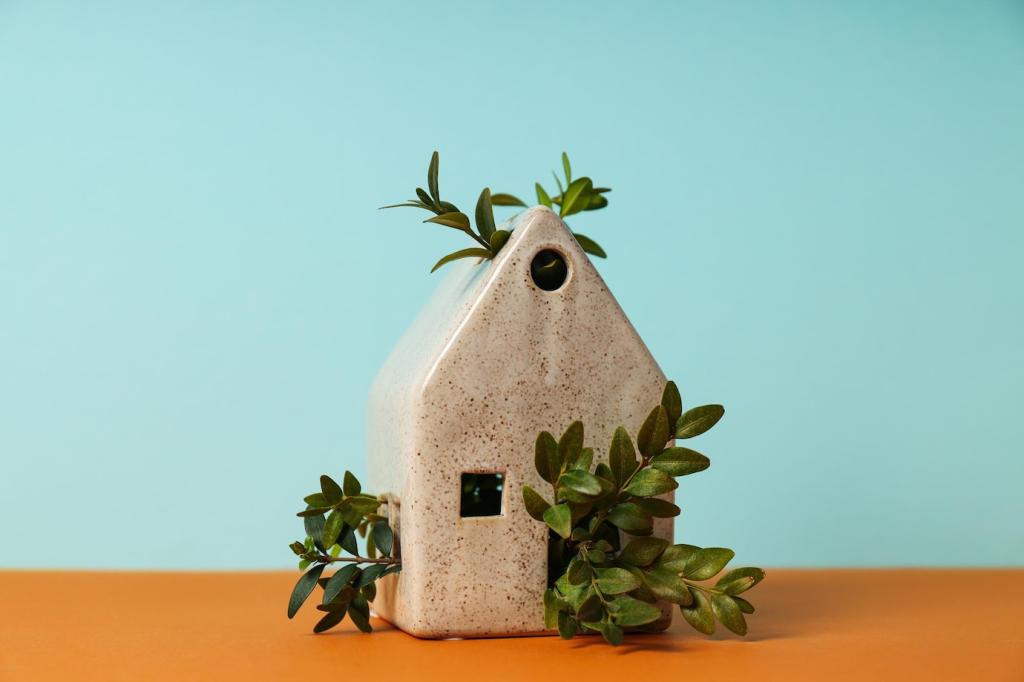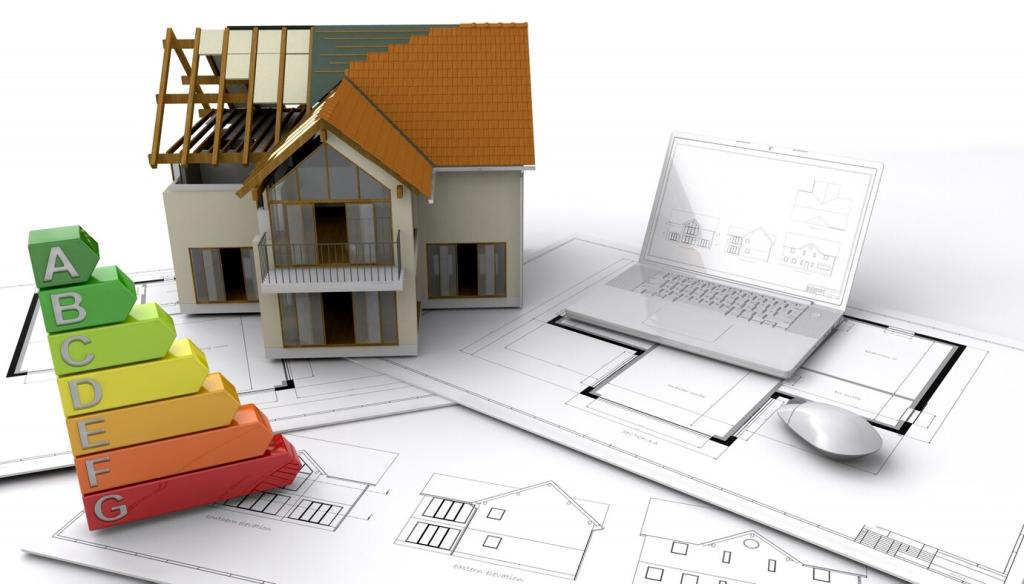Walk Lightly: Sustainable Flooring Options for Eco-Friendly Homes
Chosen theme: Sustainable Flooring Options for Eco-Friendly Homes. Step confidently into materials, methods, and lived stories that shrink your footprint without sacrificing comfort or style. Subscribe, share your questions, and help guide our next deep dives into greener floors.
What Makes Flooring Sustainable?
Sustainability begins by asking how a floor is sourced, manufactured, transported, installed, maintained, and finally reused or recycled. Prioritize products designed for repair, refinishing, or disassembly, minimizing adhesives where possible so components can be salvaged, remanufactured, or responsibly composted.
What Makes Flooring Sustainable?
Look for FSC or PEFC for responsibly managed wood, and GREENGUARD Gold or FloorScore for low emissions. EPDs and Declare labels add transparency about ingredients and impacts. Verify VOC limits on finishes, not just marketing terms, and request documentation from retailers before buying.


Natural Linoleum, Recycled Rubber, and Concrete Finishes
Natural Linoleum: Plant-Based Classic
Made from linseed oil, pine rosin, wood flour, and jute backing, linoleum is naturally antimicrobial and color-through for long wear. Heat-welded seams resist moisture in busy kitchens. Choose factory-finished options for lower emissions and tell us which hues brighten your morning routine.
Recycled Rubber: Tough Meets Circularity
Formulated from post-consumer tires, rubber tiles absorb impact in gyms, mudrooms, and play spaces. Modern formulations with verified low emissions address odor concerns. Speckled aggregates disguise scuffs while adding character. Share your experience with heavy furniture dents and the acoustic calm rubber brings.
Polished or Tinted Concrete: Low-Waste Foundation
If you already have a slab, polishing reveals a durable, minimalist floor with almost no additional material. Low-VOC densifiers and sealers protect surfaces, while radiant heat pairs beautifully for comfort. Layer natural fiber rugs for warmth, and post your favorite tint and sheen combinations.

This is the heading
Lorem ipsum dolor sit amet, consectetur adipiscing elit. Ut elit tellus, luctus nec ullamcorper mattis, pulvinar dapibus leo.

This is the heading
Lorem ipsum dolor sit amet, consectetur adipiscing elit. Ut elit tellus, luctus nec ullamcorper mattis, pulvinar dapibus leo.
Designing With Purpose: Aesthetics Meet Ecology
Color, Light, and Room Energy
Light-toned bamboo amplifies daylight and can make compact rooms feel airy, reducing the need for artificial lighting. Dark reclaimed oak brings cozy, grounded energy in lounges. Choose low-VOC stains and finishes. Share your color boards; we love seeing palettes evolve with seasons.
Texture, Pattern, and Acoustic Comfort
Cork’s granules create gentle visual texture, while herringbone reclaimed planks add movement and classic rhythm. Rubber tiles can quiet clatter in open kitchens. Strategic rug layers reduce echo and anchor zones. Tell us how acoustics changed when you swapped surfaces in your home.
Transitions, Thresholds, and Zoning
Mix materials with intention: cork in play zones, bamboo in halls, linoleum in kitchens. Plan compatible thicknesses and expansion gaps, then use low-profile thresholds for clean lines. Add entryway mud zones to protect floors. Post your best doormat and shoe-storage solutions for rainy days.
Care, Repair, and Longevity

Routine Care With Minimal Chemicals
Skip harsh solvents. Use microfiber pads, pH-neutral cleaners, and felt furniture glides. Keep outdoor grit at bay with walk-off mats. Door sweeps help, too. The longer your floor lasts, the lower its lifetime footprint. Share your weekly routine and favorite low-tox cleaning recipes.

Refinishing, Recoating, and Replaceable Tiles
Solid wood can be refinished; cork and linoleum accept recoats that renew sheen. Modular tiles in rubber or carpet allow single-tile replacement, cutting waste dramatically. One reader swapped three damaged tiles in under an hour. What clever repairs have extended your floor’s life?

Humidity, Sunlight, and Seasonal Movement
Keep indoor relative humidity around forty to sixty percent to reduce gaps and cupping. Use blinds or UV films where sun pours in. Expect minor seasonal changes; they are normal. Ask questions in the comments, and we’ll crowdsource solutions tailored to your regional climate.
Real-World Stories and Budget Smarts
Two kids, one energetic dog, and weekend soccer meant constant messes. Strand bamboo took the abuse, while a low-VOC finish minimized odor. Minor scratches buffed out easily. They shared before-and-after photos—drop yours, and tell us which rooms surprised you most.

